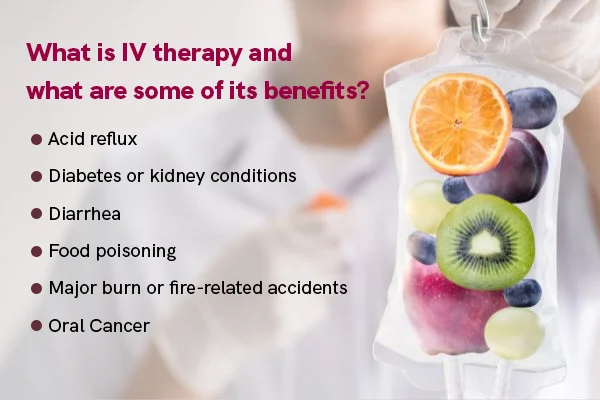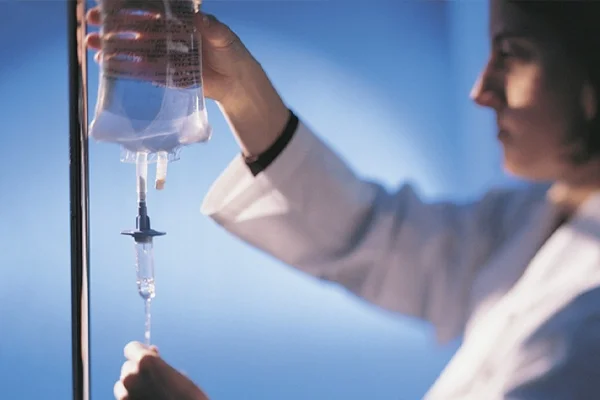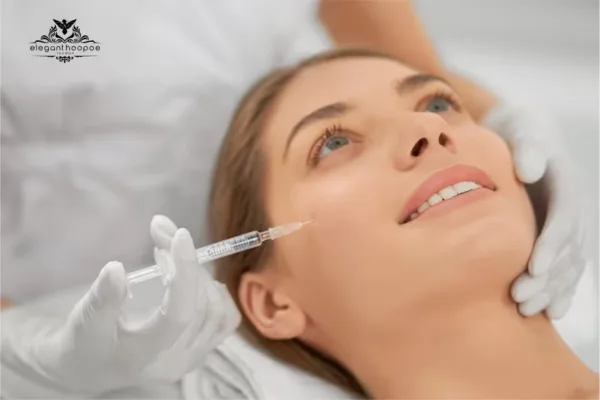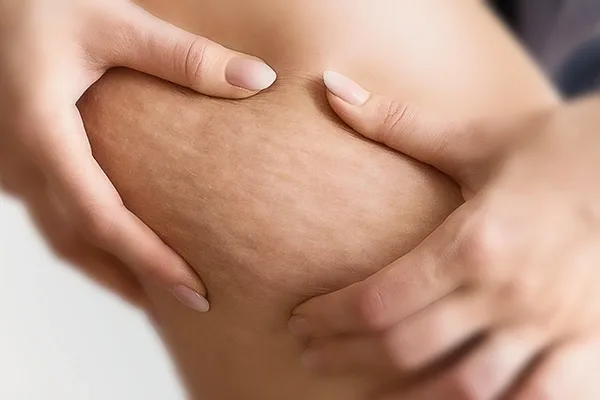Is IV Therapy at Home Safe? 5 Critical Risks You Need to Know
IV therapy in home settings might seem convenient, but it comes with serious risks:
Low-Quality Supplies: Sourcing unreliable needles and drip bags can lead to infections.
Dosage Errors: Without proper testing, you risk overdosing on nutrients.
Needle Insertion Risks: Incorrect placement can cause severe bleeding or pain.
Drip Rate Issues: An untrained person may struggle to control the flow, leading to complications.
No Emergency Backup: Unlike hospitals, home setups lack crisis management protocols.
For safety, IV therapy at home should only be done by trained professionals.
In August 2023, a group of Polish researchers published a scholarly article examining the causes of death of a 37-year-old woman who had recently undergone an IV infusion. Their article and its conclusion shone a bright light on the case and illustrated the dangers associated with unconventional Infusions. In this blog post, we explain some of these dangers, highlighting five proven reasons why home IV therapy is generally a bad idea.
What is IV therapy and what are some of its benefits?

Intravenous therapy is the direct introduction of nutrients – vitamins, minerals, and antioxidants – through the vein and into the bloodstream. It is routinely administered in hospitals to rapidly cover particular nutrient deficiencies, boost immune functions and energy, and feed medical patients who are constrained by illness or weakness. IV therapy can also be used to treat dehydration and to aid recovery from a plethora of medical conditions including:
- Acid reflux
- Diabetes or kidney conditions
- Diarrhea
- Food poisoning
- Major burn or fire-related accidents
- Oral Cancer
Related article: Skin IV therapy
Why do people try IV therapy at home?
Home IV drips and treatments have risen over the years, in line with multiple DIY trends. Three main reasons that have fuelled their rise are the general increase in the cost of healthcare, lack of adequate health insurance options, and plain old convenience in the face of periodic/recurring conditions. But as with most things in life, the convenient and cost-effective options are rarely the safest. A lot could go wrong in homemade IV therapies; right from where the supplies are sourced and even long after the catheter has been removed.
Who Should Not Do Intravenous Therapy at Home?
Generally, it’s safer to ask a professional for intravenous therapy, even at home. However, in some cases, it’s strictly forbidden to do otherwise. For instance, people with hypertension, kidney problems, and heart diseases are more at risk of the side effects of intravenous therapy. In such scenarios, self-administered IV therapies at home can put your health in danger. So, you can never be too cautious with your IV treatment.
Why should you avoid home IV therapy?

Home IV therapy involves hidden risks, including sourcing low-quality supplies like needles and drip bags. Untrained individuals may struggle with proper equipment setup, storage, and dosage calculations, increasing the chances of dangerous complications like nutrient overdose. Without professional guidance, it’s difficult to tailor the treatment to your medical history or current medications, leading to potential harm.
See also Does an IV Hurt?
Pre-therapy mishaps can occur
So much goes on behind the scenes of an IV therapy that is unknown to patients or casual observers. Heck, even the nurses may not know where the nutrient supplies are sourced or how to tell a quality supply from a fraudulent misrepresentation. In addition to the drip bag, other items like needles and catheters can pose health hazards if the quality is sub-standard.
Simple minute details like proper storage, maintenance, and setting up of equipment can also be challenging for a home administrator if they have not trained under a health practitioner.
Moreover, how would your home administrator know the proper drip/combinations to administer and dosages? Without a micronutrient analysis or a blood work panel, the likelihood that you will be accidentally given a nutrient overdose rises markedly, and that could lead to other complications and an eventual visit to the hospital. Your medical history, current medications, and supplements are also factored into the drip preparation, with the required qualitative and quantitative analysis likely far outside the knowledge scope of your home administrator.

Inserting a needle is not just sticking it in
Although it looks simple from the outside, inserting a needle is a complicated process that requires years of ‘practice’ and some medical know-how. The difference between an artery and a vein may not be apparent to an untrained home administrator. Puncturing an artery or even a fragile vein can result in excessive bleeding (in the case of an artery, death is often the case), pain, and severe discomfort. Besides, vein irritation and cannula rubbing by the fluid can occur – and having not encountered a similar field scenario, the home administrator may not know how to apply adequate remedial treatment.
Even removing the needle is hardly straightforward. Healthcare professionals carefully and adeptly remove needles to avoid bleeding or infection. The needle is gently pulled out of the skin while pressure is applied to the site, and a bandage or dressing is administered afterward.
Related Article: How do you feel after IV therapy?
Monitoring the drip rate is not as easy as it looks

Monitoring the IV drip rate is another important and oft-overlooked aspect of the procedure. Serious complications can arise if the drip volume is too much or too little. Healthcare professionals typically adjust the drip rate as necessary, closely monitoring the flow and the amount of fluid remaining in the drip bag. This will not be easy for you or your home administrator to do, without prior knowledge and training.
Procedural complications may occur
The human body is primarily designed to take in nutrients orally and through the digestive system. This design has an adequate ‘safeguard’ provision in the digestive system to protect the body from toxic substances that may exist in these nutrients. When IV drips are introduced into the bloodstream, the digestive system is bypassed and the body could react adversely.
In addition to employing trained health practitioners to reduce the likelihood of complications, a hospital will also have an emergency plan or crisis management strategy, just in case. Using a home IV therapy, without either the preventive knowledge or plan, exposes you to the myriad of complications that can occur.
Some IV therapy complications

- IV therapy can cause increased complications in diabetic patients due to anatomically distorted veins or age-related fragility of veins
- It can cause an air embolism when water bubbles, air, or gas gains entry into the vascular system
- It may also lead to device embolism, which is when a small part of the cannula breaks off and flows into the vascular system.
- Catheter migration or malposition (caused by coughing, sneezing, or change in body position during the drip administration) can also occur. This may lead to irregular heartbeats.
- IV therapy can cause anaphylaxis and hematoma, the occurrence of blood at the site of the IV, can also occur.
Aftercare and environmental safety may not be prioritized.
After the catheter is removed, your home administrator still has to do some work to promote complete healing and recovery. Unbeknownst to someone who isn’t trained, the IV site is neatly dressed and the patient’s vitals are carefully monitored long after the drip has been administered. Furthermore, the treatment area is uncluttered and all used equipment is properly disposed of to prevent the spread of infections.
Conclusion
Under all scenarios, home IV therapy should only be administered by trained healthcare professionals or those who have trained under their guidance – in an organized setting. If cost considerations stop you from visiting the hospital, we advise that you explore oral medication or cheaper in-hospital alternatives. Your body will thank you!
Why Elegant Hoopoe?
Elegant Hoopoe is a health and aesthetics center in Dubai specializes in non-invasive fat reduction, muscle building, skin appearance, and more. The company is an IV Therapy Clinic in Dubai stocked with ultra-quality solutions sourced directly from the US and administered by experts in the field.





